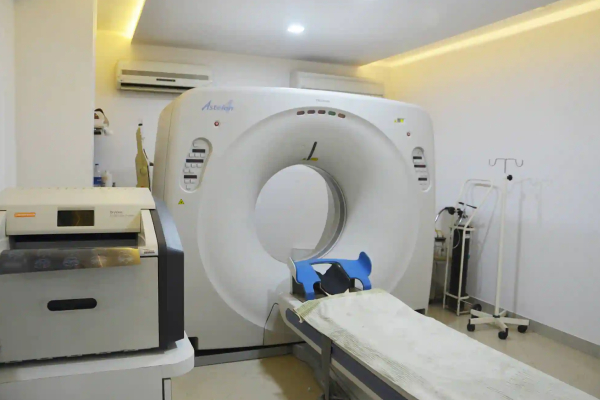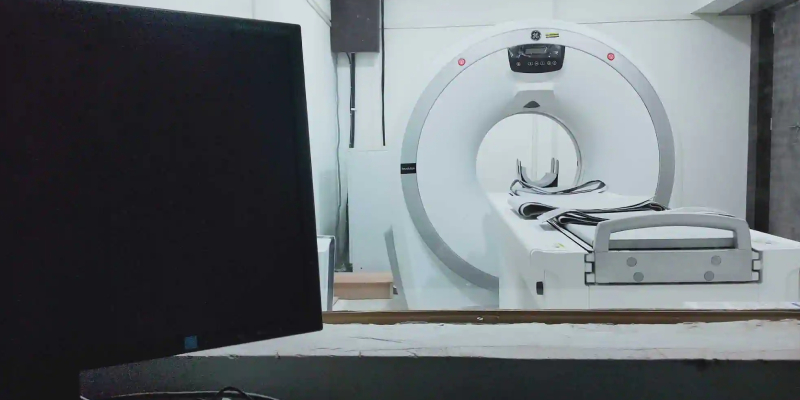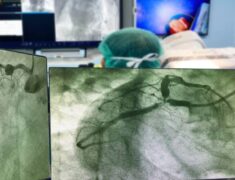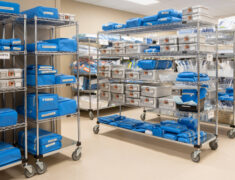What Is Diagnostic Testing?
Diagnostic testing is used to confirm or rule out certain conditions and diseases in the body. The testing procedures include X-rays, ultrasound, and CT scans. X-rays are the most widely used diagnostic imaging procedure in the world today.
There are two types of diagnostic tests: invasive and non-invasive. Invasive diagnostic procedures necessitate puncturing the skin or entering the body, while non-invasive procedures are used to determine whether more invasive procedures are required. One of the leading diagnostic labs in Chennai (https://www.andersondiagnostics.com/) offers a detailed look at how diagnostic imaging works. Find out more.
In What Way Does Diagnostic Imaging Contribute To The Medical Society?
Medical imaging is used to diagnose and treat many diseases. Medical imaging has transformed the way health care is delivered. Timely imaging and diagnoses can help save lives by helping physicians detect diseases early. Diagnostic tests also allow doctors to detect changes in your health before any symptoms appear.
Diagnostic tests should be performed proactively, and you should make an appointment with a diagnostic centre if your doctor recommends it. This will help you stay on top of your health and prevent illness from worsening.
Diagnostic centres can be found in droves, but choosing one with accurate and safe practices is important. Moreover, you should place a high priority on sanitation and customer satisfaction in your diagnostic centre. Some services don’t even require you to visit a diagnostic centre, as you can obtain samples from home.
Why Is Medical Imaging Crucial For Diagnosis?
Medical imaging is extremely important to healthcare practitioners and scientists. It is a critical part of the diagnosis and treatment process. Diagnostic reports can provide doctors with information about internal problems that a basic external examination would not be able to detect. The best scan centre in Chennai lists a few uses of medical imaging.
- Medical imaging can help prevent breast cancer by detecting early signs of breast cancer.
- Surgeons use medical imaging to guide them during surgical procedures like endoscopic sinus surgery.
- CT scans guide physicians through a delicate internal operation that requires precision.
- Medical imaging is used to diagnose and treat diseases by allowing doctors to see inside the body. It helps detect diseases like cancer.
When It Comes To Diagnostic Processes, How Important Is Precision?

Medical imaging centres are critical for virtually all major medical conditions and diseases. These are less intrusive than in the past and can reduce the need for exploratory surgery. Medical imaging can also reduce costs and improve employee health and creativity.
The diagnostic process is a multi-step process and is complex. The longer the process is, the likelihood of errors also increases. The diagnostic process is typically divided into the following steps: Initial Diagnostic Assessment, Diagnostic Testing and Referral, Consultation, Treatment, and Follow-Up.
Starting with the diagnostic process, clinicians should carefully dissect each step to identify the benefits of each step and any potential hazards that could lead to errors. The diagnostic process is most important because errors during the earlier steps can result in a differential diagnosis that is too narrow or completely off target.






